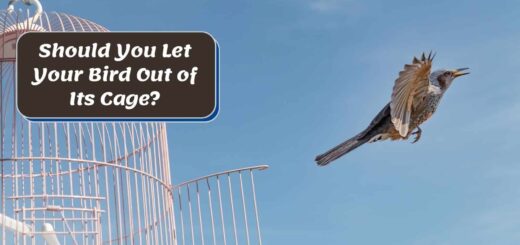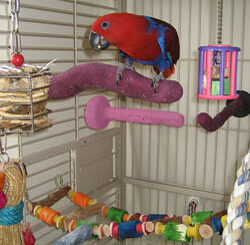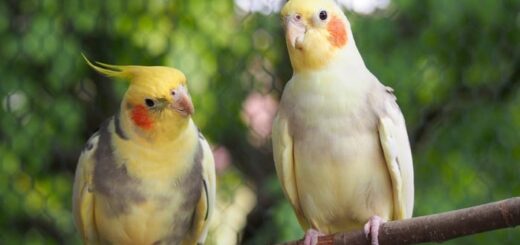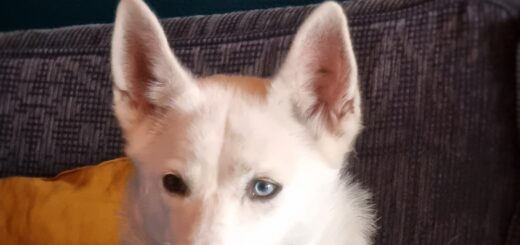Understanding Your Avian Friend: Decoding Bird Body Language
Have you ever wondered what your pet bird is trying to communicate to you? In this article, you will discover the fascinating world of bird body language and learn how to decode the subtle messages your avian friend is sending. From their posture and feather ruffling to their beak movements and tail displays, birds have a language all their own. By understanding these nonverbal cues, you can deepen your bond with your feathered companion and enhance your ability to meet their needs and ensure their wellbeing. So, get ready to unravel the mysteries of your avian friend’s body language and embark on a journey of communication unlike any other. Birds are fascinating creatures, and one of the most intriguing aspects of their behavior is their body language. Just like humans, birds use various physical movements, vocalizations, and feather displays to communicate with others. By understanding the different types of bird body language, you can gain valuable insights into your avian friend’s emotions and intentions. In this comprehensive article, we will explore the various types of bird body language and delve into each aspect in detail.

This image is property of www.wikihow.com.
Click here to check out How To Build An Aviary!
Physical Movements
Physical movements play a crucial role in bird communication. Birds use their bodies to convey important messages to other birds and even to humans. Understanding these movements can help you connect with your feathery friend on a deeper level.
Head Movements
Birds exhibit a range of head movements to convey different meanings. One common head movement is the head tilt. When a bird tilts its head, it usually signifies curiosity or attentiveness. It is often observed when birds are trying to focus on something or trying to determine if a potential threat exists.
Another head movement is head bobbing, which is characterized by quick, rhythmic movements of the head up and down. Head bobbing is often seen during courtship displays or when birds are excited. It is a way for birds to showcase their energy and engage with their environment.
Head puffing is a notable head movement that showcases a bird’s level of comfort and relaxation. When a bird puffs its head feathers, it is usually content and at ease in its surroundings. On the other hand, head bowing is a submissive behavior observed when a bird is expressing deference or submission to another bird or even to humans.
Wing Movements
Wing movements are another important aspect of bird body language. Birds use their wings to convey their emotions and intentions in various situations. One common wing movement is flapping, which is characterized by the rapid opening and closing of the wings. Flapping is often a sign of excitement, joy, or an energetic display during courtship rituals.
Ruffling, on the other hand, involves the bird fluffing up its feathers and shaking its wings. This action helps birds adjust their feathers and keep them in optimal condition. Ruffling can also be a sign of discomfort or nervousness in certain situations. Stretching is another wing movement observed when birds extend their wings out fully to maximize their range of motion.
Drooping is a wing movement that indicates tiredness, exhaustion, or illness. When a bird’s wings are hanging loosely at its sides, it signifies a state of relaxation or fatigue.
Tail Movements
Tail movements are a crucial form of communication for birds. By manipulating their tail feathers, birds can convey important messages to other birds or even signal their intentions to humans. One common tail movement is flicking, where the bird rapidly flicks its tail up and down. This behavior is often seen when birds are agitated or trying to ward off potential threats.
Wagging, similar to flicking, involves the sideways movement of the tail. It is usually a sign of excitement or anticipation and is commonly observed during courtship displays. Puffing the tail involves fluffing up the feathers around the tail area, which can indicate aggression or dominance.
Twitching is another tail movement that is often seen during territorial disputes or when birds are feeling territorial. It involves quick, abrupt movements of the tail and serves as a warning to other birds to stay away.
Leg Movements
Leg movements also play a significant role in bird body language. Birds use their legs to communicate various messages, from aggression to comfort. Stomping is a leg movement characterized by forceful and deliberate stomping of the feet on a surface. It is often seen when birds are expressing aggression or establishing dominance.
Stamping is a leg movement that involves lifting the leg and forcefully bringing it down. It is typically seen during courtship or mating displays and is a way for birds to showcase their strength and vitality. Stretching the legs is a behavior observed when birds are trying to relieve muscle tension or simply limbering up their legs.
Scratching is a leg movement often observed when birds are grooming themselves or trying to alleviate itchiness. It is a normal behavior and helps birds maintain their feathers and overall hygiene.
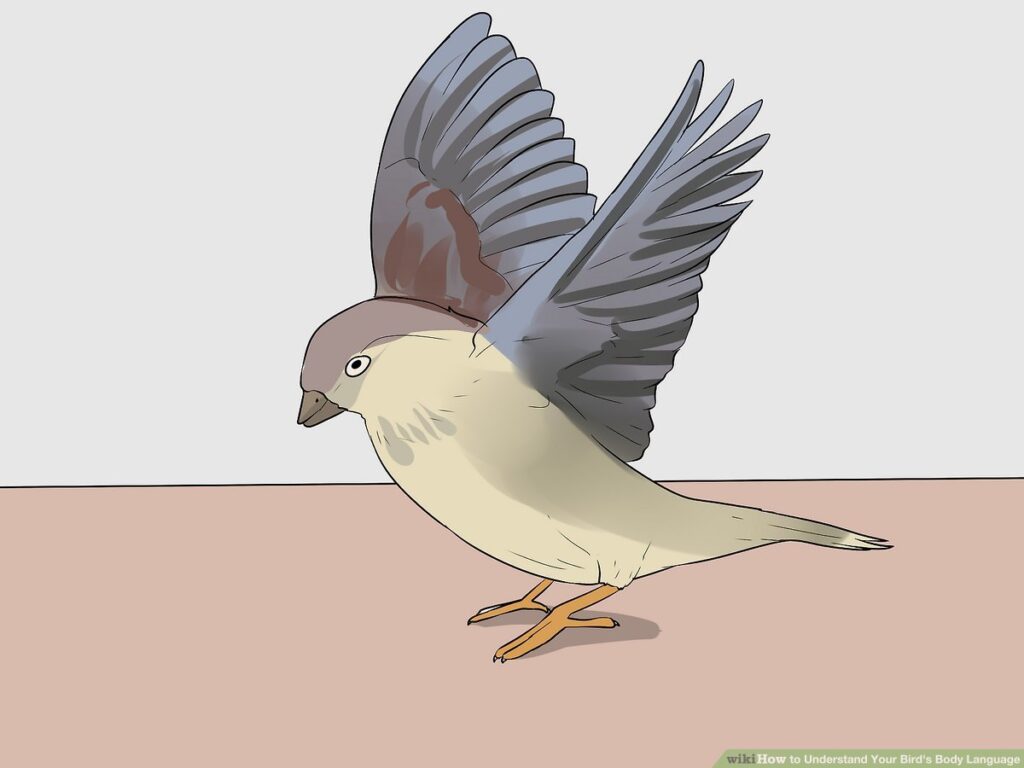
This image is property of www.wikihow.com.
Click here to check out How To Build An Aviary!
Vocalizations
Birds are known for their diverse and captivating vocalizations. From melodious songs to piercing squawks, birds use their voices to communicate with others in their flock. By understanding the different types of bird vocalizations, you can decipher what your avian friend is trying to convey.
Songs and Calls
Birds have a wide range of songs and calls, each serving a unique purpose. Territorial songs are elaborate, melodious tunes that birds use to announce and defend their territories. These songs help establish boundaries and warn rival birds to stay away.
Contact calls, on the other hand, are shorter and simpler vocalizations used by birds to maintain contact with their flock or mate. These calls are often soft and repetitive, allowing birds to stay connected even when they are separated.
Alarm calls are distinct, high-pitched vocalizations that birds use to warn others of potential dangers or threats. These calls are often loud and repetitive, serving as a signal for other birds to take cover or escape from danger.
Mating calls are enchanting and complex vocalizations used by male birds to attract females during the breeding season. These calls are often accompanied by elaborate displays, such as flapping wings or puffing up feathers, to showcase their physical prowess and attractiveness.
Chirping and Chattering
Chirping and chattering are common vocalizations exhibited by birds in various situations. Chirping is a cheerful and rhythmic vocalization that birds use when they are content and relaxed. It is often heard during moments of comfort or interaction with their surroundings.
Chattering, on the other hand, is a rapid succession of short, high-pitched sounds that birds produce when they are excited or engaged. It is often observed when birds are exploring their environment, interacting with other birds, or expressing their enthusiasm.
These vocalizations serve as a way for birds to express their emotions, attract attention, or communicate with others in their flock or family.
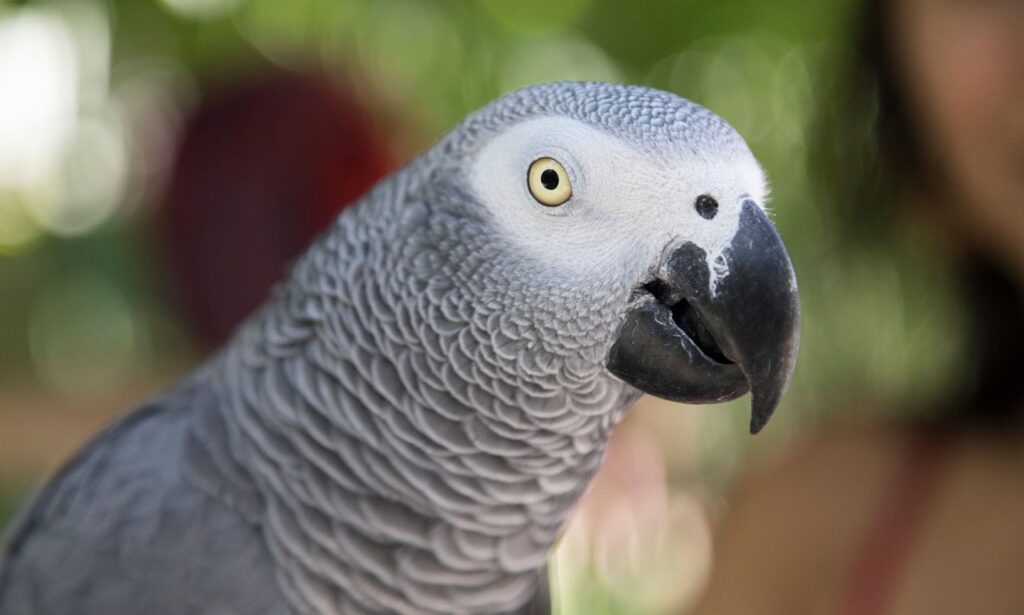
This image is property of media-be.chewy.com.
Feather Displays
Birds have a remarkable ability to manipulate their feathers, creating stunning displays that convey messages to other birds and humans. Feather displays are often used during courtship rituals, aggressive encounters, or to showcase dominance. By understanding these displays, you can decipher your avian friend’s intentions and emotions more effectively.
Preening is a common feather display wherein a bird carefully cleans its feathers with its beak. This behavior serves several purposes, including maintaining feather health, aligning feather barbs, and removing any dirt or parasites. Preening is an essential part of a bird’s grooming routine and helps them keep their feathers in optimal condition.
Bonding behavior is often displayed through mutual preening. When birds engage in mutual preening, they are strengthening their social bonds, and it serves as a way for them to show affection and build trust with their flock members or mates.
Comfort can also be communicated through feather displays. When a bird is feeling content and secure, it may fluff up its feathers, creating a larger and rounder appearance. This feather display is known as comfort preening and indicates that the bird is relaxed and at ease in its environment.
Feather displays can also be an indicator of a bird’s overall health. If a bird’s feathers appear dull, disheveled, or lackluster, it may be a sign of poor health or stress. On the other hand, vibrant and well-maintained feathers indicate a healthy and happy bird.
Understanding the body language of birds is a fascinating endeavor that can deepen your bond with your feathered friend. By paying attention to their physical movements, vocalizations, and feather displays, you can gain valuable insights into their emotions, intentions, and overall well-being. So the next time you observe your avian companion, take the time to decode their body language and appreciate the intricate ways in which they communicate.


